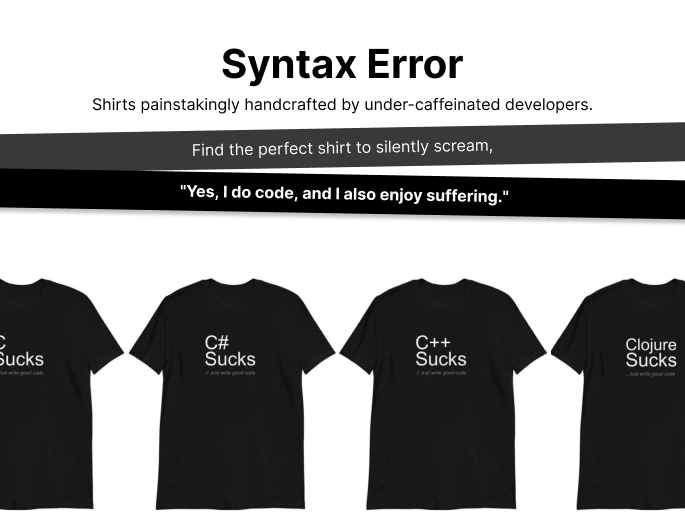Source: thenewstack.io
Streaming Data and the Modern Real-Time Data StackCategory: Database, Data, Cloud, automation
We think you might be interested in this job:
Prismatic
The modern data stack introduced a set of cloud native data solutions such as Fivetran for data ingestion, Snowflake, Amazon Web Services‘ Redshift or Google BigQuery for data warehousing, and Looker or Mode for data visualization.
I’ve briefly explained how we’ve arrived at this moment for the modern real-time data stack, as well as some of the use cases that make real-time data so powerful.
Here are five characteristics of real-time data that the batch-oriented modern data stack has fundamental problems coping with: The real-time wave extends some of the core concepts of the modern data stack in natural ways: I talk to both customers and vendors in this space every day, and here’s my view of the must-have technologies for a modern real-time data stack: Some companies have parts of the modern real-time data stack today such as a Kafka stream.
Related Articles
Community Partners
DevOps Careers









